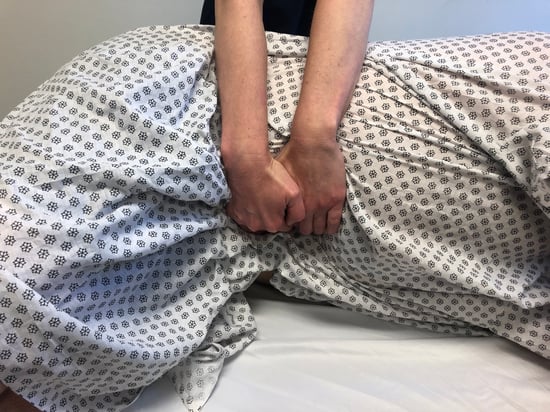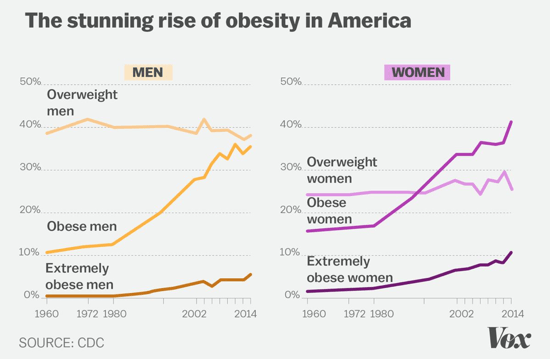Rising Rates of Obesity and Healthcare Worker Injury
by Larissa Biggers, on December 06, 2019
Few would argue that we are a nation of portly people. No matter the reason—large portion sizes, lack of exercise—the fact remains that obesity in the US has reached epidemic proportions, with 39.6% adults meeting the criteria.
Much has been written about the health effects of extra weight for these individuals, but not necessarily the people who care for them. Yet a significant effect of the obesity epidemic is the physical toll it takes on healthcare workers. Note that the cost of workplace injuries related to handling patients is rising steeply, and it’s not just direct medical care bills. Hospitals are paying the price for increased absenteeism, work restrictions, retraining, employee dissatisfaction, and fear of handling large patients. Unfortunately, rising rates of obesity mean that healthcare staff have no choice; they must care for patients who are heavy and put them at risk for injury.
One physician sums up the problem, “I don’t think anybody here would ask two nurses to pick up a washing machine, or a 400-pound calf, or an 800-pound lathe, and yet whether we like it or not we ask our staff to move patients with such weights daily." The fact is, healthcare workers must routinely maneuver patients who weigh 300+ pounds and whose limbs alone can weigh 60 to 70 pounds.
But does the increase in patients’ girth automatically translate into staff injury? Well, yes and no.
Bigger Is Not Better
Consider a recent review of the OSHA Log of Work-Related Injuries and Illnesses from one healthcare facility. It found that patients with a BMI of 35 or greater made up less than 10% of the patient population. Yet, they accounted for 29.8% of injuries related to patient handling, 27.9% of all lost time, and 37.2% of all modified duty days. In sum, the review shows a relationship between patient obesity and staff injuries.
The notion is that the heavier the patient, the greater the physical stress on staff. An analysis of 22 referenced articles supports this theory, indicating that the risk of musculoskeletal injuries can be increased when nurses and nursing assistants manually handle overweight or obese patients.

Nurse applying pressure on overweight patient during colonoscopy
Taking a Stand against Injury
Because obesity trends show no signs of reversing, more needs to be done now to protect healthcare staff from injuries related to handling patients of size. One place to start is safe patient handling (SPH) laws; when these laws are passed and programs are implemented, the results are inspiring. In Washington State, for instance, after 31 rural community hospitals replaced manual patient lifting with lifting equipment and devices, patient handling injury claims decreased by 43%. In a New Jersey medical center, two years after instituting a safe patient handling program, there was a 57% reduction in workplace injuries and an 80% decline in lost workdays. And the list goes on.
In select states, occupational safety experts, health organizations, and labor leaders have mobilized around the need for better protection for healthcare workers. Through the tenacity of these groups, patient handling hazards have been brought to the forefront, paving the way for the passage of protective legislation at the local, state and federal levels.
Learn about SPH legislation and programs in one state and find out how you can be part of the movement.




